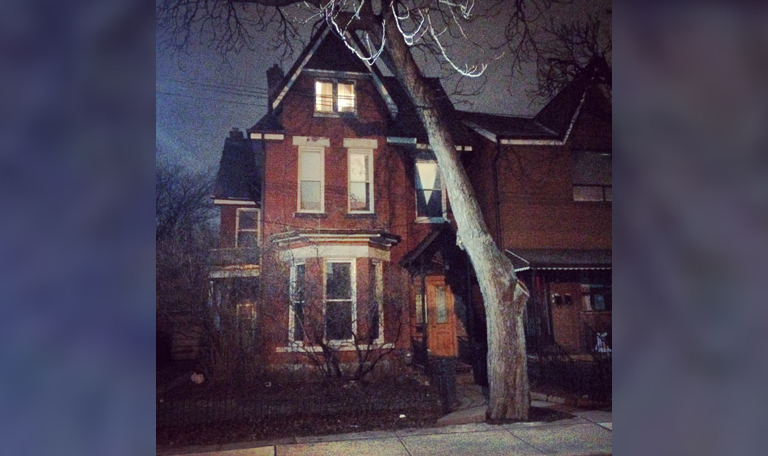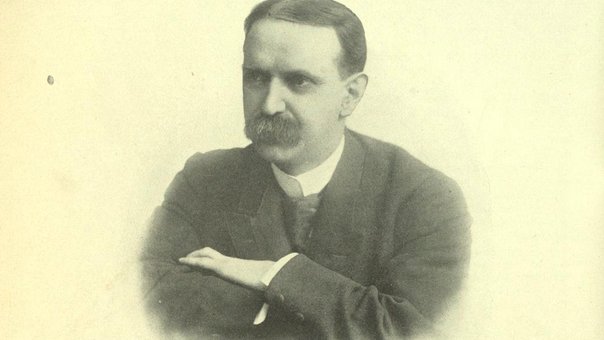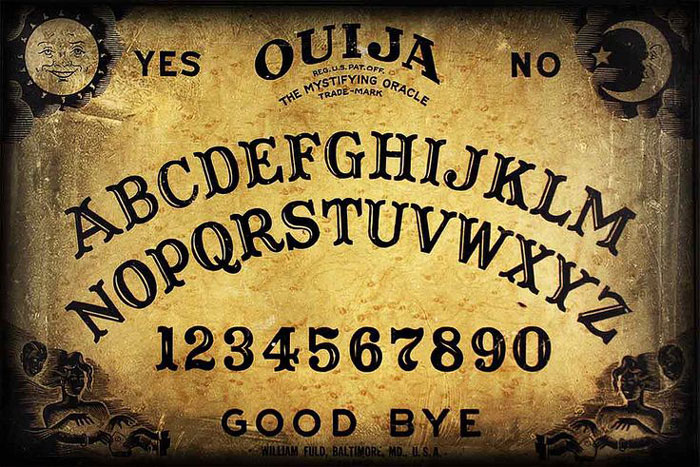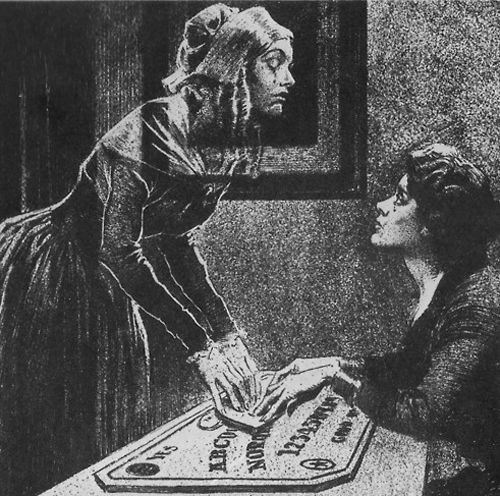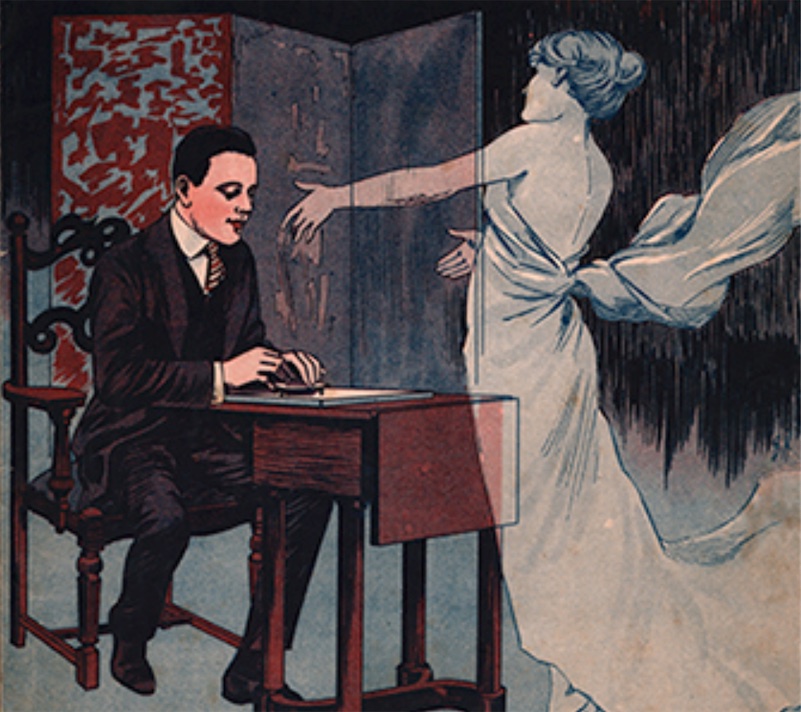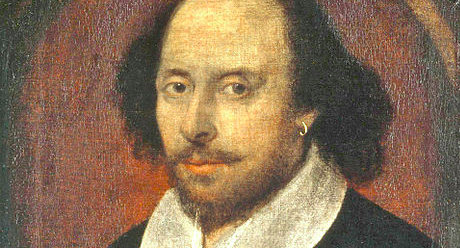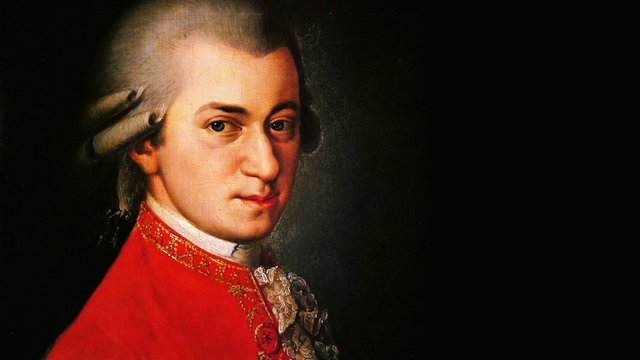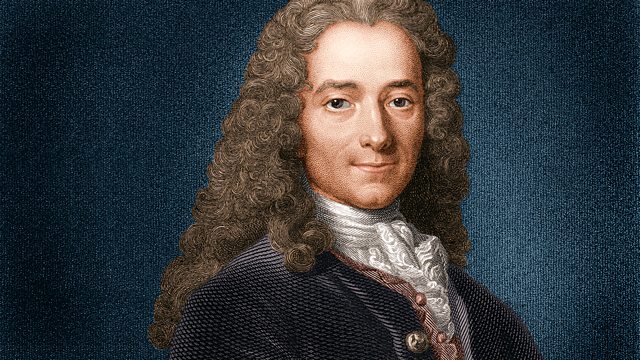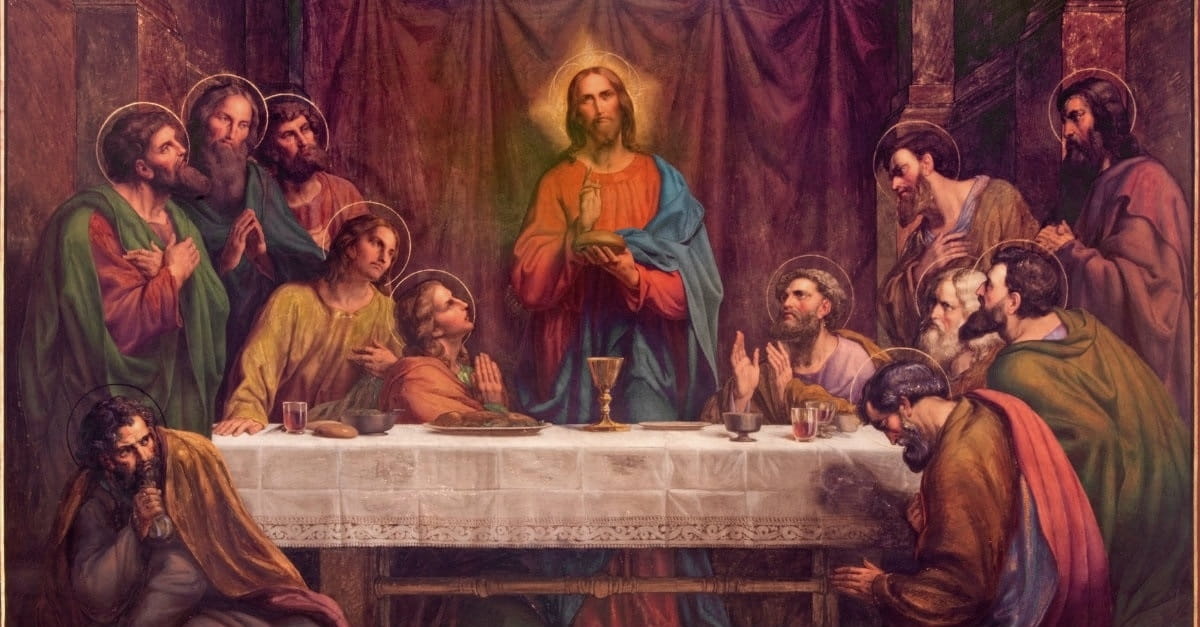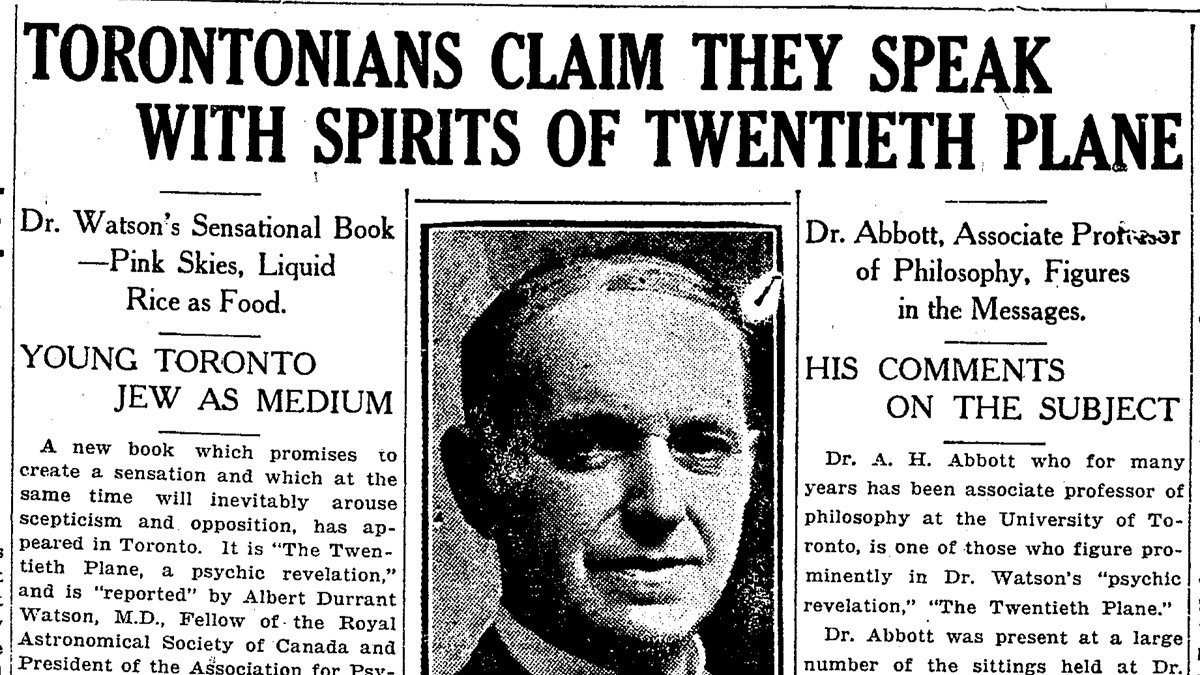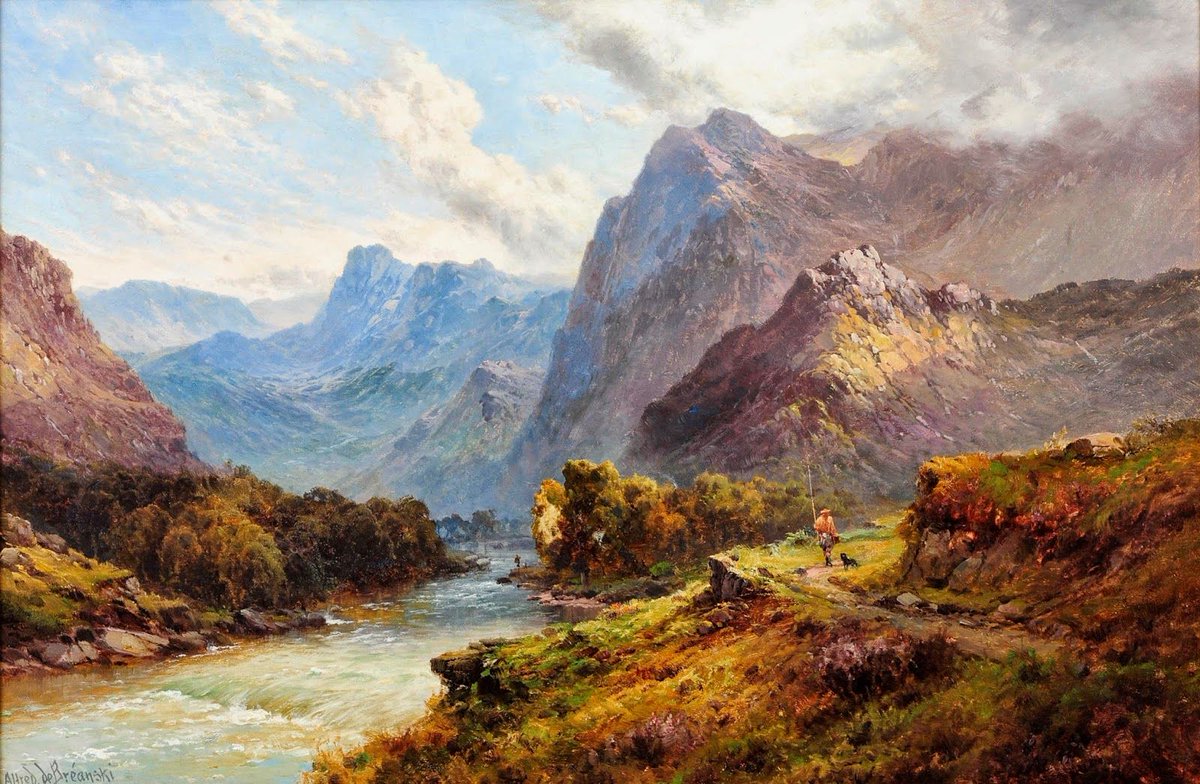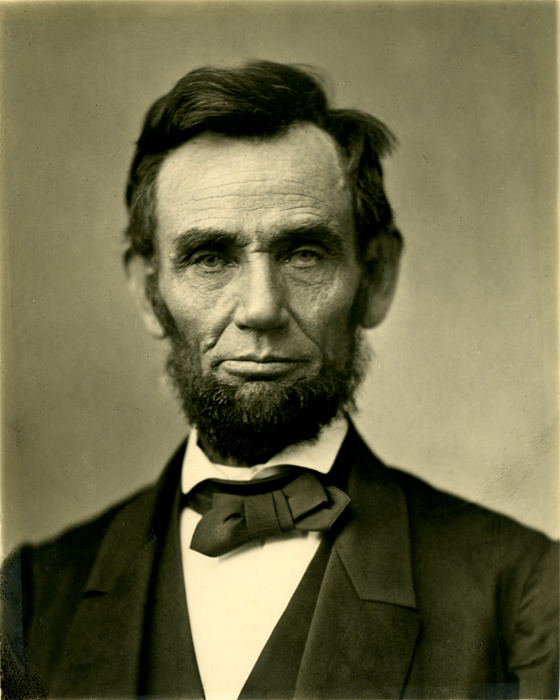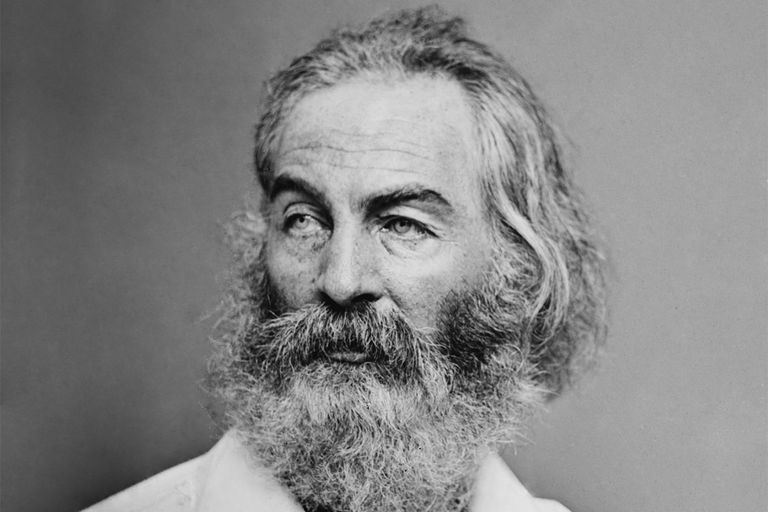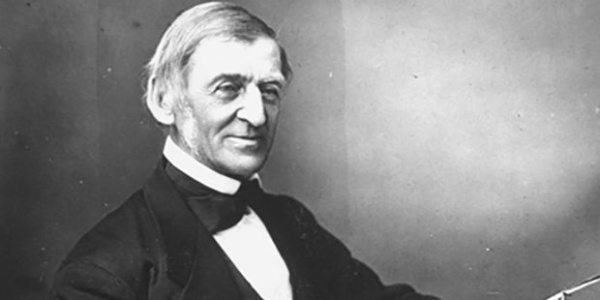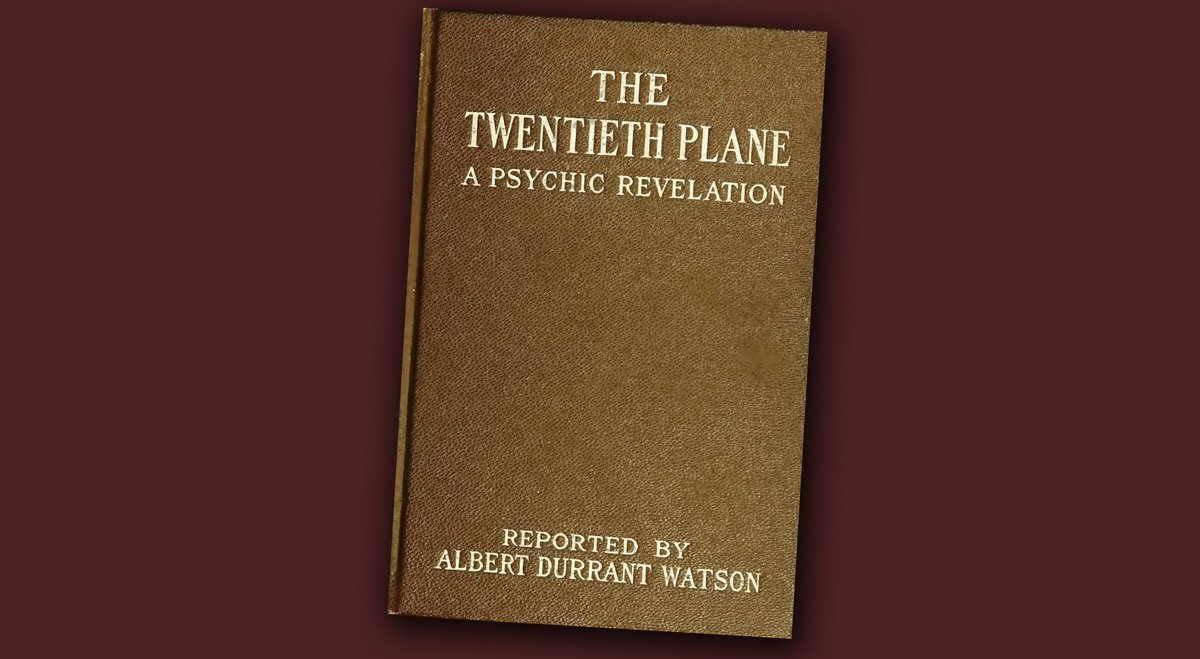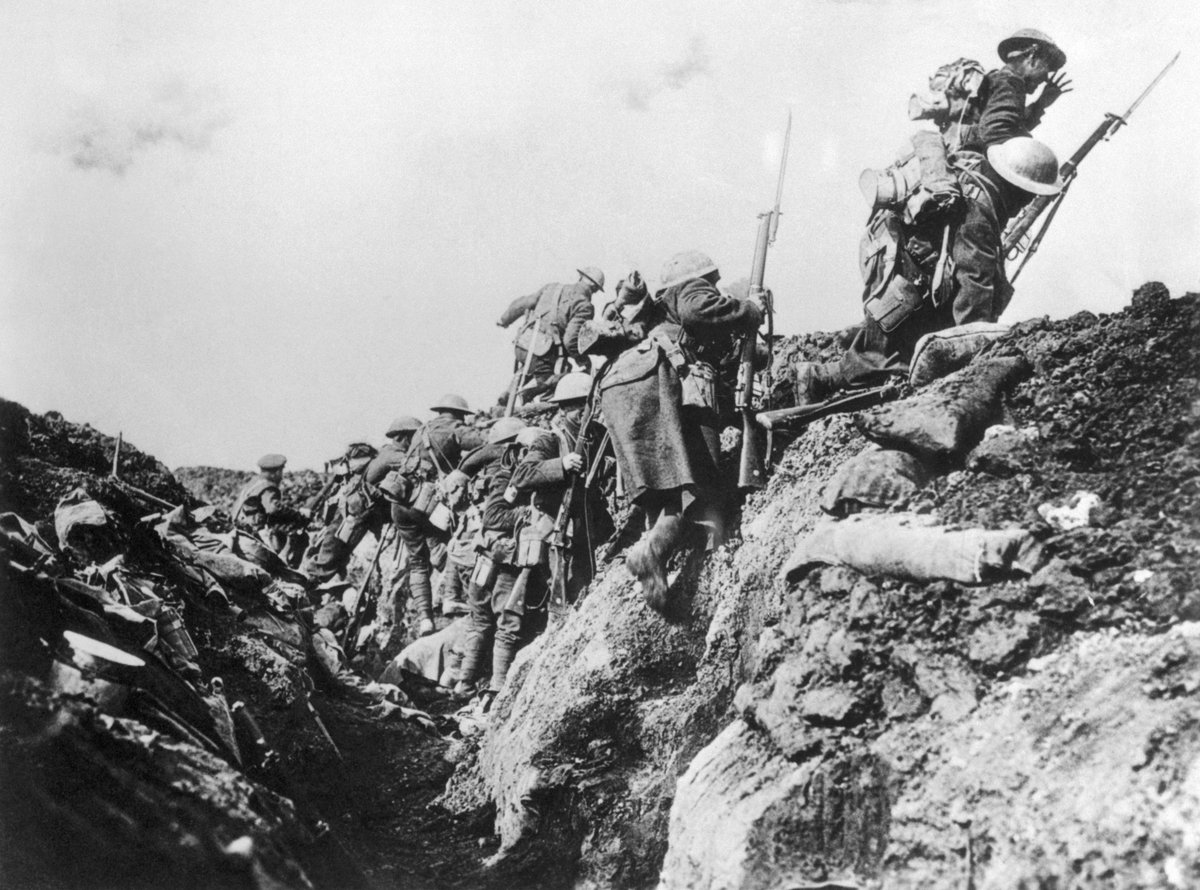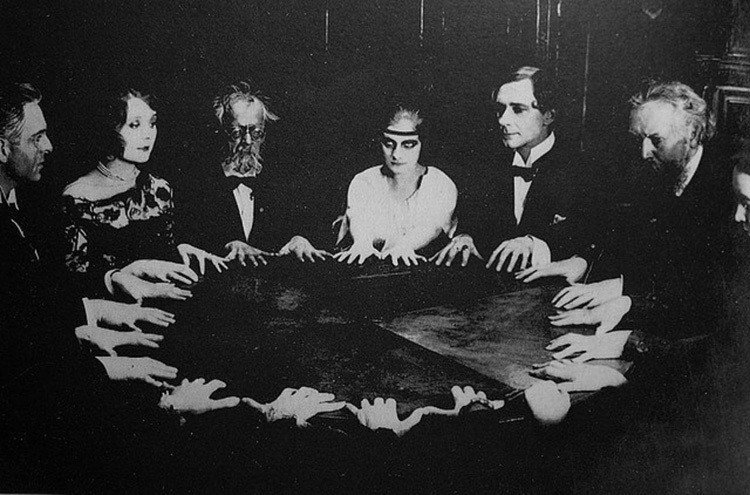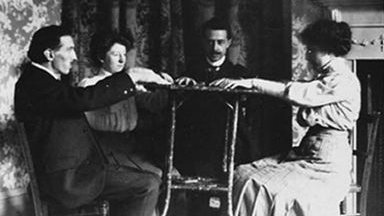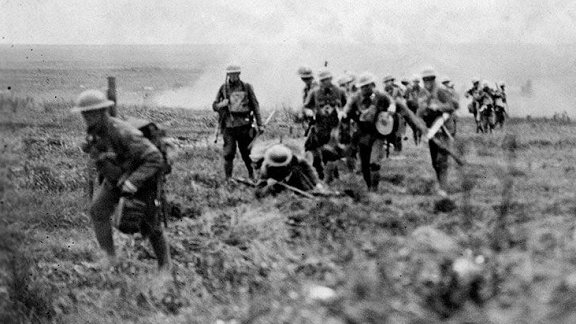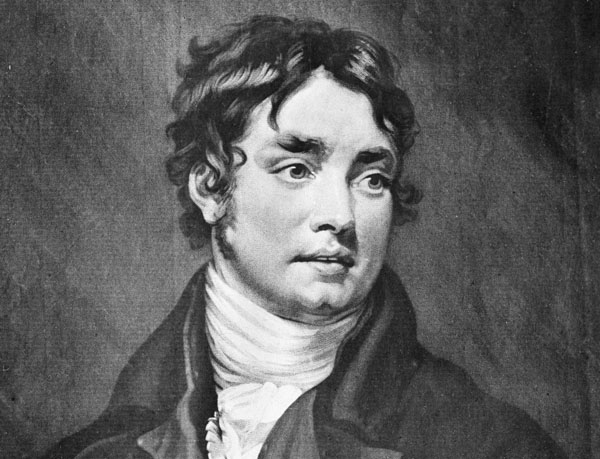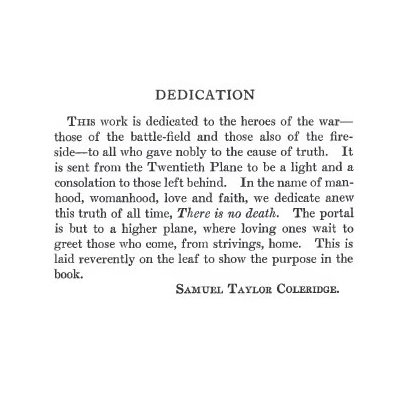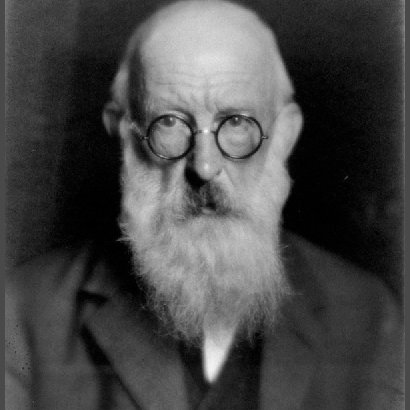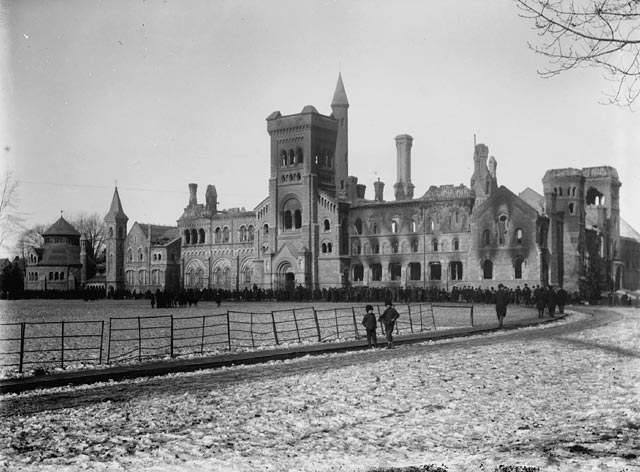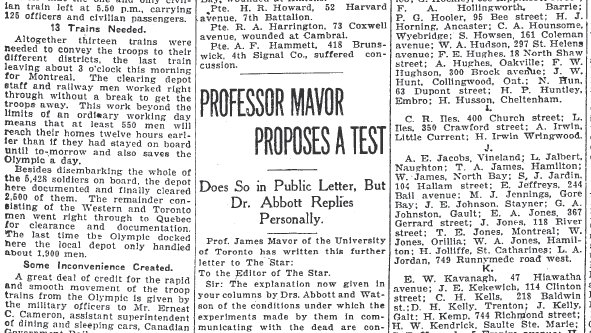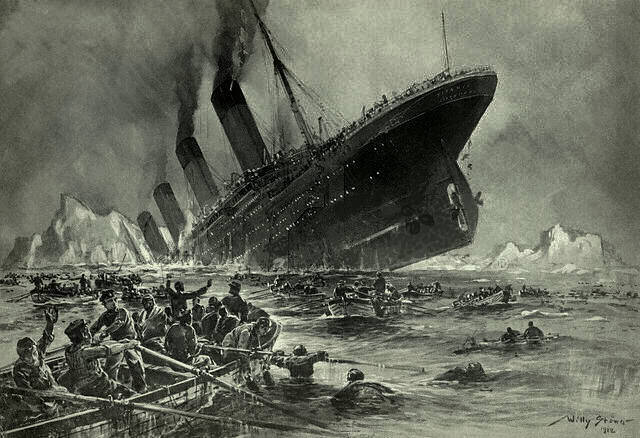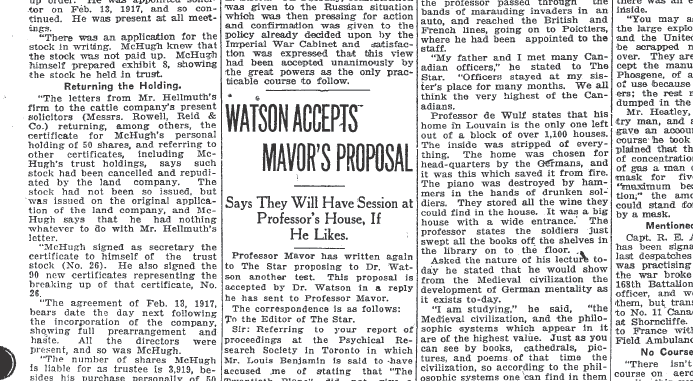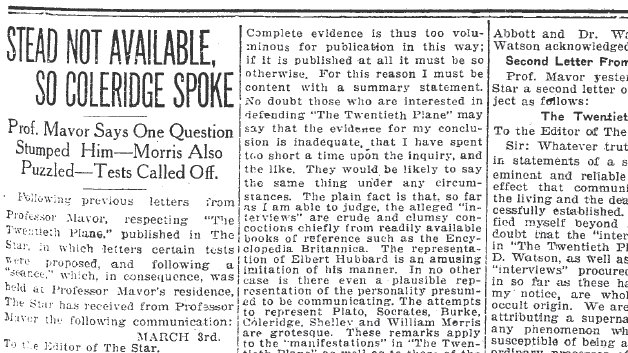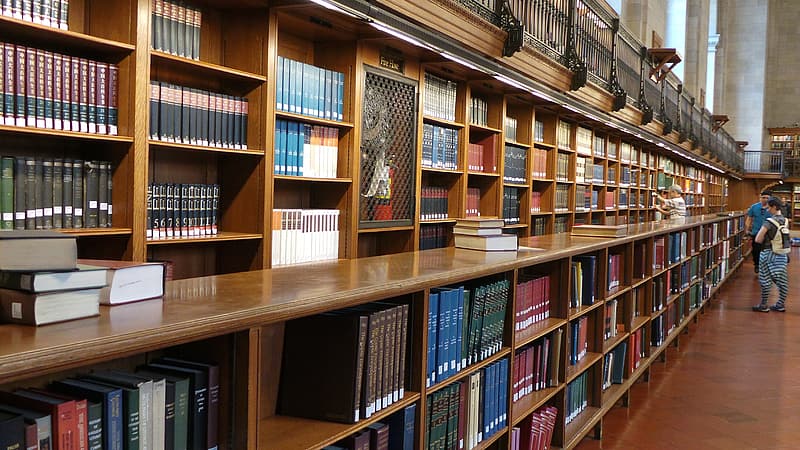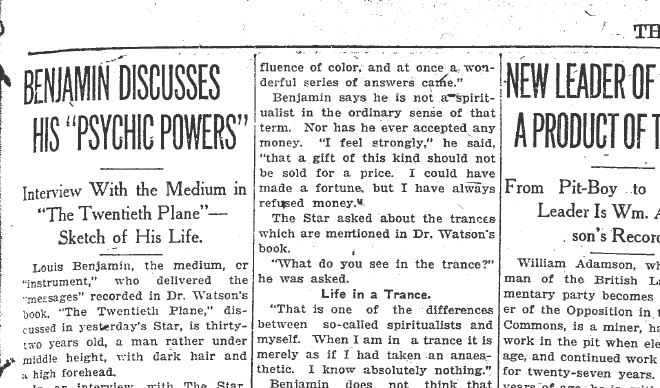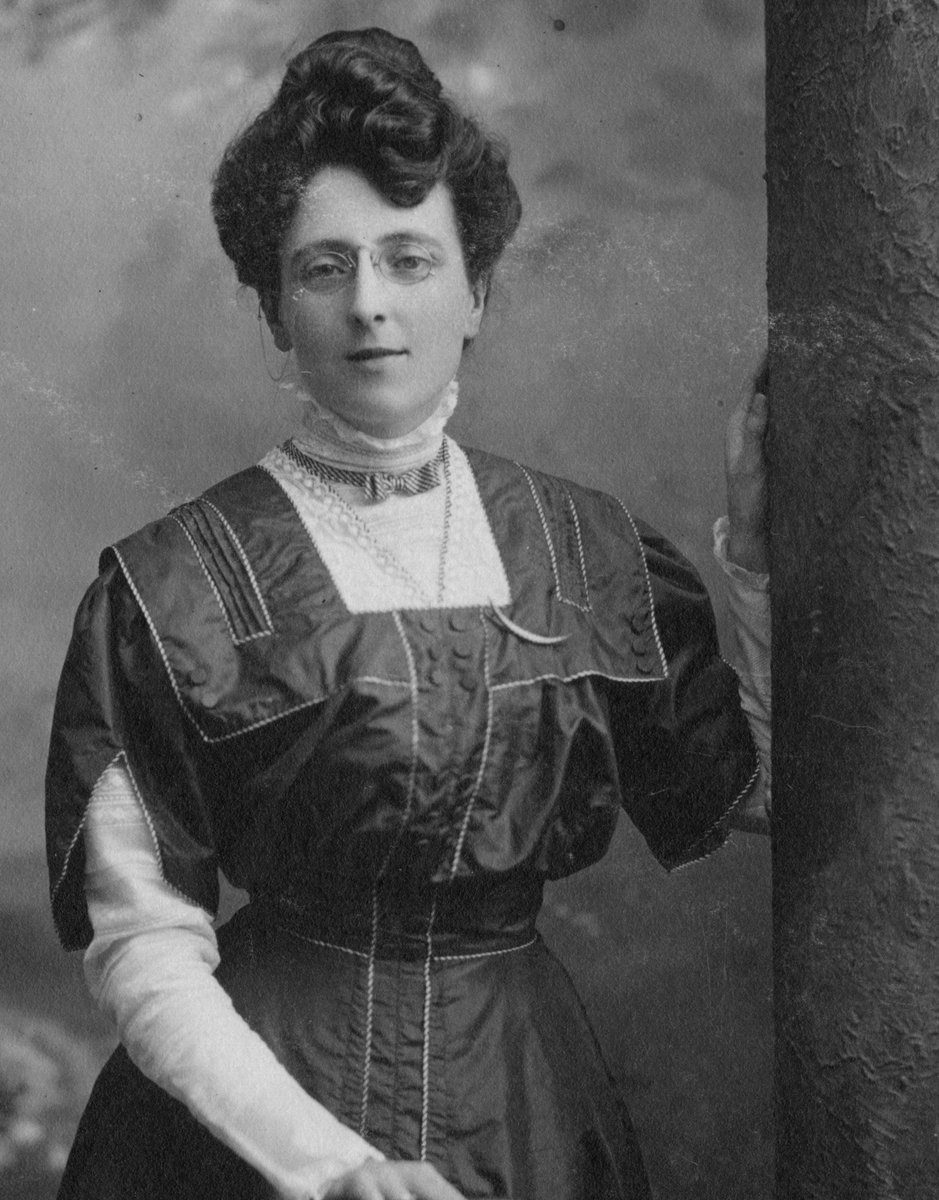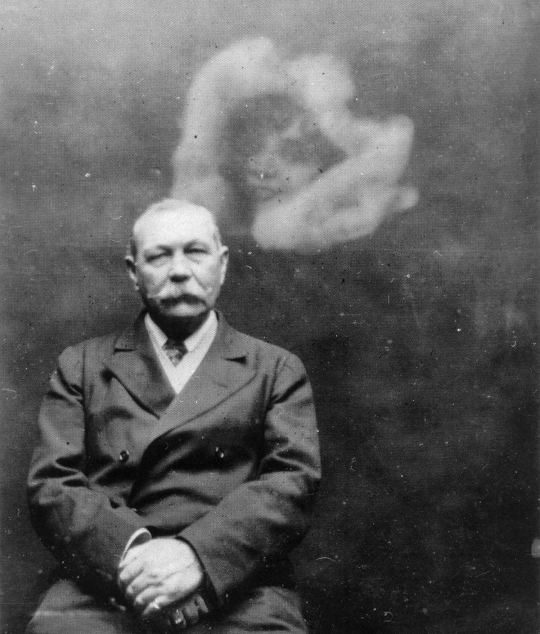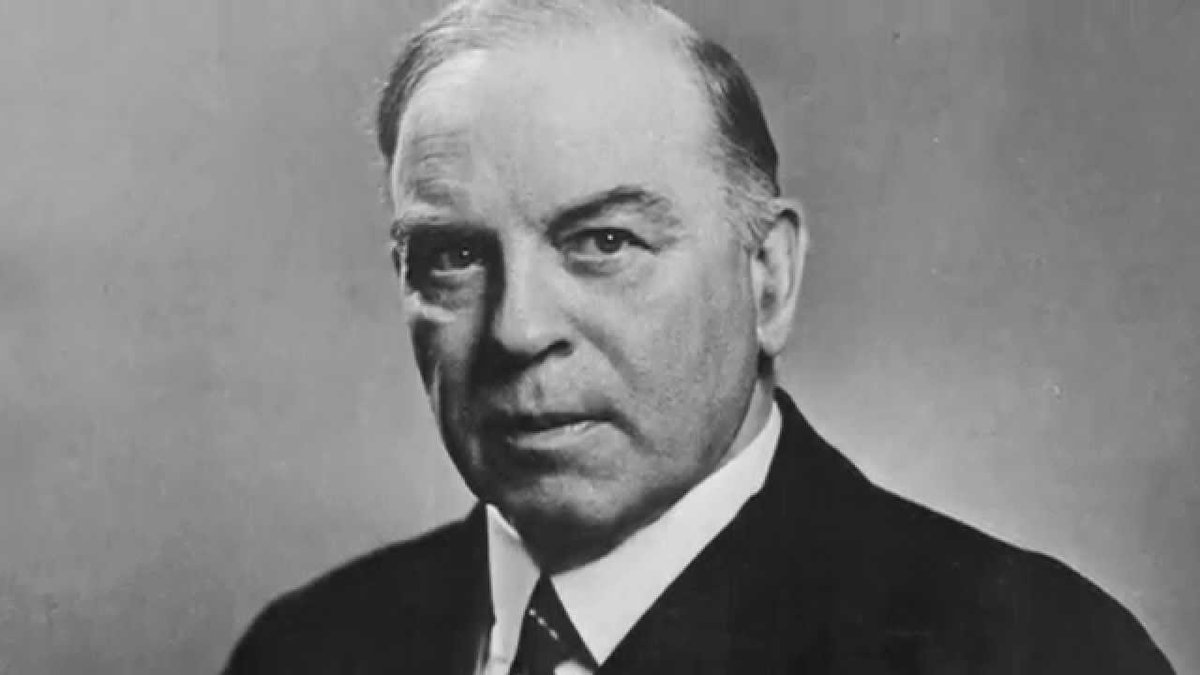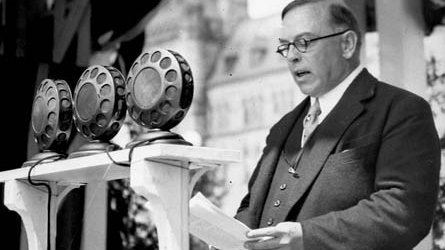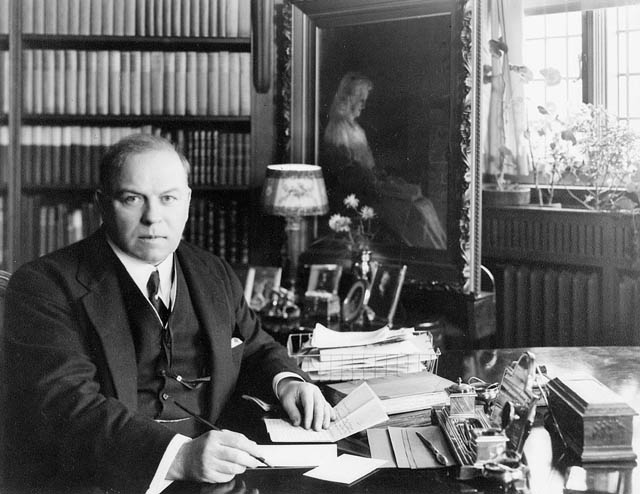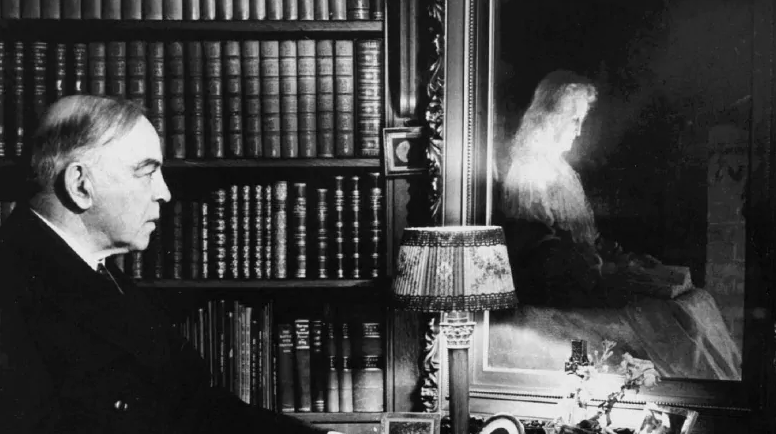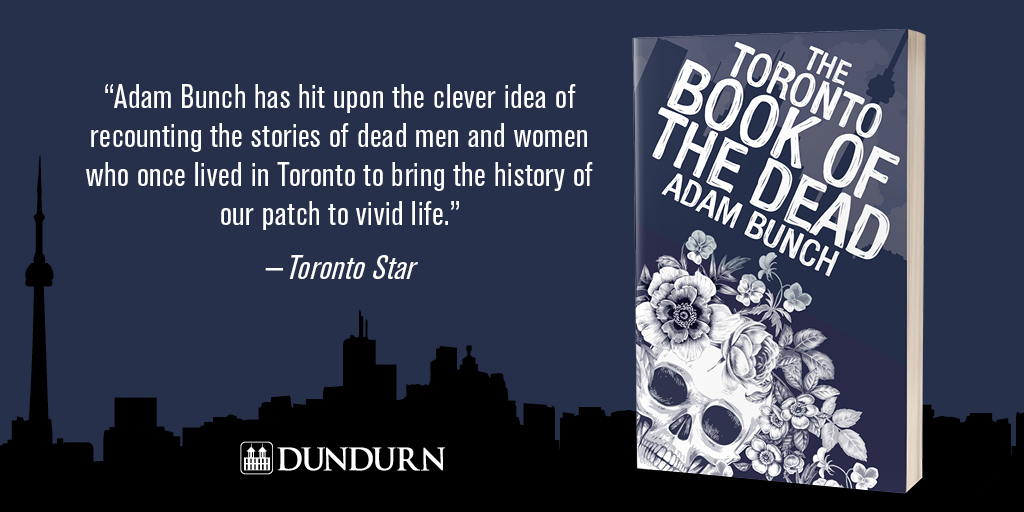1. A century ago, if you wanted to speak with the dead in Toronto, you would head to this spooky old house on Euclid Avenue.
2. The house belonged to Dr. Albert Durrant Watson, a respected physician, scientist, and Methodist minister with a professional interest in the occult.
And it was here, at his home, that the city’s most famous séances took place.
And it was here, at his home, that the city’s most famous séances took place.
3. The room would be dimly lit by the pink glow of a single lamp covered by a paper shade. There might be music playing on a gramophone or the occasional chime of a bell. Guests sat silently in a circle, focused on the man at their centre: Louis Benjamin, the doctor's protégé.
4. As the séance began, Benjamin took a long, deep breath and fell into a trance. His eyes were closed; his face relaxed. Across from him, his wife sat holding a Ouija board on her lap. Benjamin’s fingers rested gently on the tripod pointer.
5. As Dr. Watson began to ask questions, Benjamin’s hands moved confidently and without hesitation, sliding the tripod across the board to point at one letter and then another, gradually spelling out an answer: a message from the spirits who spoke through him.
6. Nearly all of those who spoke through Benjamin were famous historical figures — the only exception was Dr. Watson’s own dead mother.
Shakespeare, Mozart, Tennyson, Wagner, Hugo, Poe, Voltaire, Blake, Wordsworth, even Jesus Christ himself made an appearance.
Shakespeare, Mozart, Tennyson, Wagner, Hugo, Poe, Voltaire, Blake, Wordsworth, even Jesus Christ himself made an appearance.
7. They said they were communicating from a place called the Twentieth Plane: a world bathed in eternal pink twilight, where the air was sweet with “the distilled essence of astral flower perfume.”
And their messages were filled with bizarre details about the afterlife…
And their messages were filled with bizarre details about the afterlife…
8. The spirits lived in groups of 20 or so, sharing houses in a landscape of mountains, valleys & waterfalls. They slept 4 hrs a night. Ate synthetic chemicals & liquid rice. Travelled by thought & communicated telepathically. They could even control the weather with their minds.
9. But their greatest purpose was to inspire and console those still living on the earth plane — with a message of eternal life.
Death, they insisted, was an illusion.
Death, they insisted, was an illusion.
10. They wanted that message spread far & wide. Abraham Lincoln, Walt Whitman & Ralph Waldo Emerson were on the Twentieth Plane’s official Publication Committee. They asked Dr. Watson to publish a book of their communications — even insisted he include some of his own poems.
11. The timing was perfect: Toronto was deep in mourning. According to Dr. Watson’s account, the spirits began speaking through Benjamin during the final winter of WWI.
"The Twentieth Plane" hit the shelves just two months after the bloody conflict was finally brought to an end.
"The Twentieth Plane" hit the shelves just two months after the bloody conflict was finally brought to an end.
12. Thousands of Torontonians died in the war. The city was desperate to believe they weren’t lost forever, that they could somehow still be reached.
Interest in séances and the occult had been fading in the early 1900s, but now it soared again.
Interest in séances and the occult had been fading in the early 1900s, but now it soared again.
13. “This work,” the dead poet Coleridge explained in the book's intro, “is dedicated to the heroes of the war... to be a light and a consolation to those left behind. In the name of manhood, womanhood, love and faith, we dedicate anew this truth of all time, There is no death.”
14. Still, not everyone was convinced. Many doubted the book’s extraordinary claims.
One of them was Dr. James Mavor: a professor at the University of Toronto who co-founded the ROM *and* the AGO. He was even friends with Tolstoy.
One of them was Dr. James Mavor: a professor at the University of Toronto who co-founded the ROM *and* the AGO. He was even friends with Tolstoy.
15. Mavor saw Watson & Benjamin as charlatans preying on a grieving city. “A very deep moral responsibility,” he wrote, “rests upon those who out of vanity or otherwise have embarked upon an exploitation of the grief of those who are sorrowing over the losses of the war.”
16. Soon after The Twentieth Plane was published, the professor wrote a letter to the Star.
He challenged Dr. Watson and Benjamin to a test: a pivotal séance to determine once & for all whether their messages were indeed from the great beyond.
He challenged Dr. Watson and Benjamin to a test: a pivotal séance to determine once & for all whether their messages were indeed from the great beyond.
17. The professor asked Benjamin to channel the spirit of a famous friend of Mavor's who — before he died in the sinking of the Titanic — had promised to make contact from the other side if it were at all possible.
18. If the séance could provide personal details that only Professor Mavor and his dead friend could know, it would prove Benjamin’s powers were indeed real.
If not, the fraud would be uncovered.
If not, the fraud would be uncovered.
19. At first Dr. Watson and Benjamin refused, even provided quotes from the spirits arguing that they would have to decline the challenge.
But in the end, they did agree.
But in the end, they did agree.
20. On a winter’s day in 1919, they headed to Mavor’s house near Convocation Hall. Benjamin fell into his usual trance, relaying messages from famous spirits: Plato, Socrates, Coleridge, Shelley… But the friend never made an appearance.
21. Professor Mavor claimed victory. The communications, he declared, were “crude and clumsy concoctions chiefly from readily available books of reference such as the Encyclopedia Britannica … The sources of inspiration … are to be found on the shelves of any library.”
22. But that was far from the end. Benjamin & Watson began to hold séances in public halls; hundreds came. There was another book.
Watson called it all “by far the most important work of his life” heralding the arrival of “a new religion, a great age, and a divine civilization.”
Watson called it all “by far the most important work of his life” heralding the arrival of “a new religion, a great age, and a divine civilization.”
23. Even some of the world’s most respected intellectuals were curious to learn more.
Lucy Maud Montgomery read The Twentieth Plane (she called it “poppycock”) and Sir Arthur Conan Doyle attended one of Benjamin’s séances, including it in his extensive spiritualist studies.
Lucy Maud Montgomery read The Twentieth Plane (she called it “poppycock”) and Sir Arthur Conan Doyle attended one of Benjamin’s séances, including it in his extensive spiritualist studies.
24. And in a final twist: despite all of Professor Mavor’s efforts, all of his argument against séances, one of his very own students would grow up to become the most infamous believer in the occult that Canada has ever known…
Prime Minster William Lyon Mackenzie King.
Prime Minster William Lyon Mackenzie King.
25. King looked for supernatural messages in the patterns of his shaving cream & the hands of every clock. He regularly consulted with psychics & read tea leaves — one prophetic cup he drank at the Royal York Hotel accurately predicted Liberal victory in an upcoming bi-election.
26. When he attended his first séance, King was immediately hooked. “This is something too wonderful for words."
He began to speak with many of his dearly departed loved ones as well as famous historical figures like Leonardo da Vinci & his mentor Sr Wilfred Laurier.
He began to speak with many of his dearly departed loved ones as well as famous historical figures like Leonardo da Vinci & his mentor Sr Wilfred Laurier.
27. And so as another world war loomed, the man sitting in the Prime Minister’s Office in Ottawa wasn’t just turning to his most trusted living advisors for help — but a few dead ones, too.

 Read on Twitter
Read on Twitter